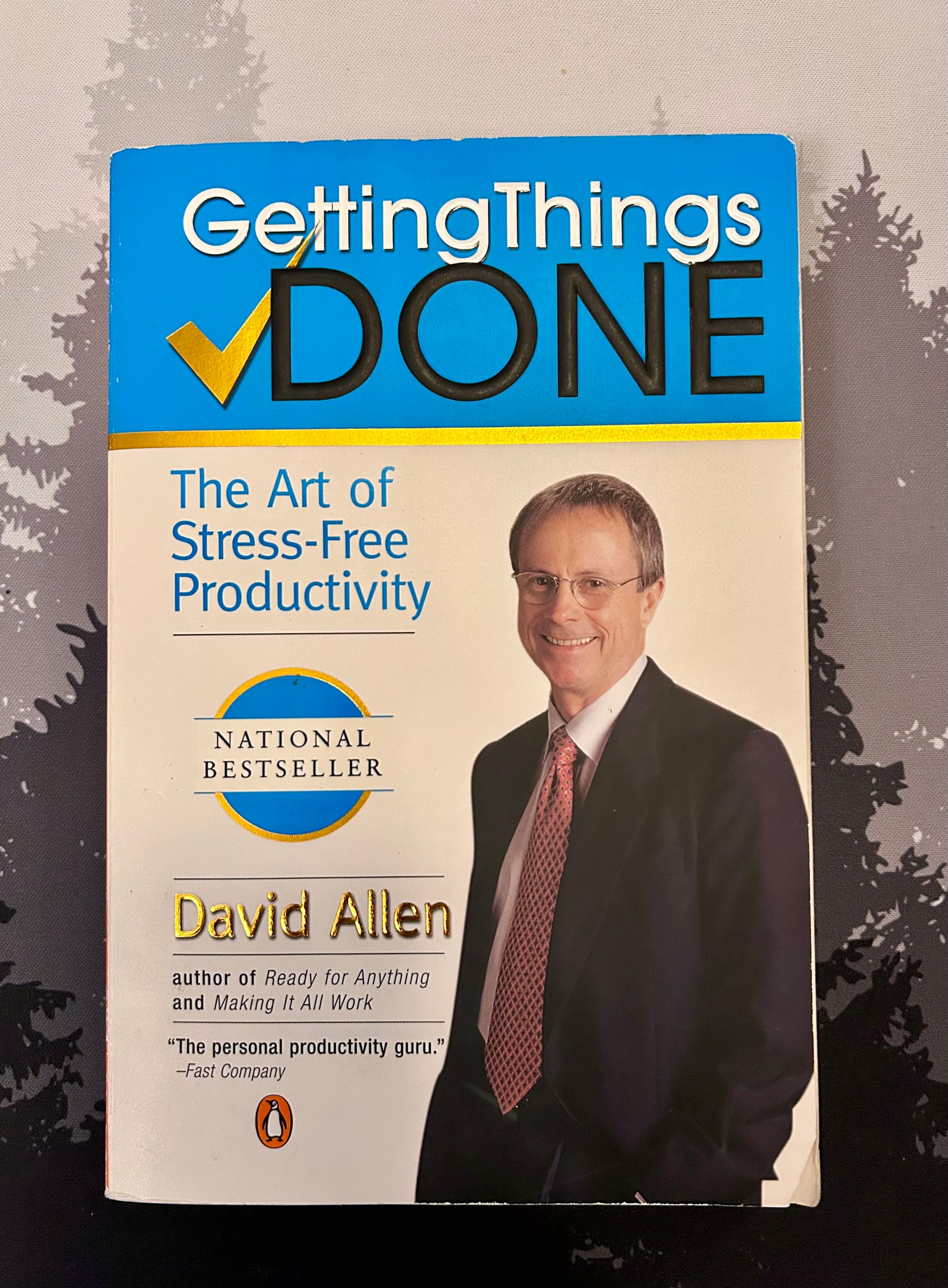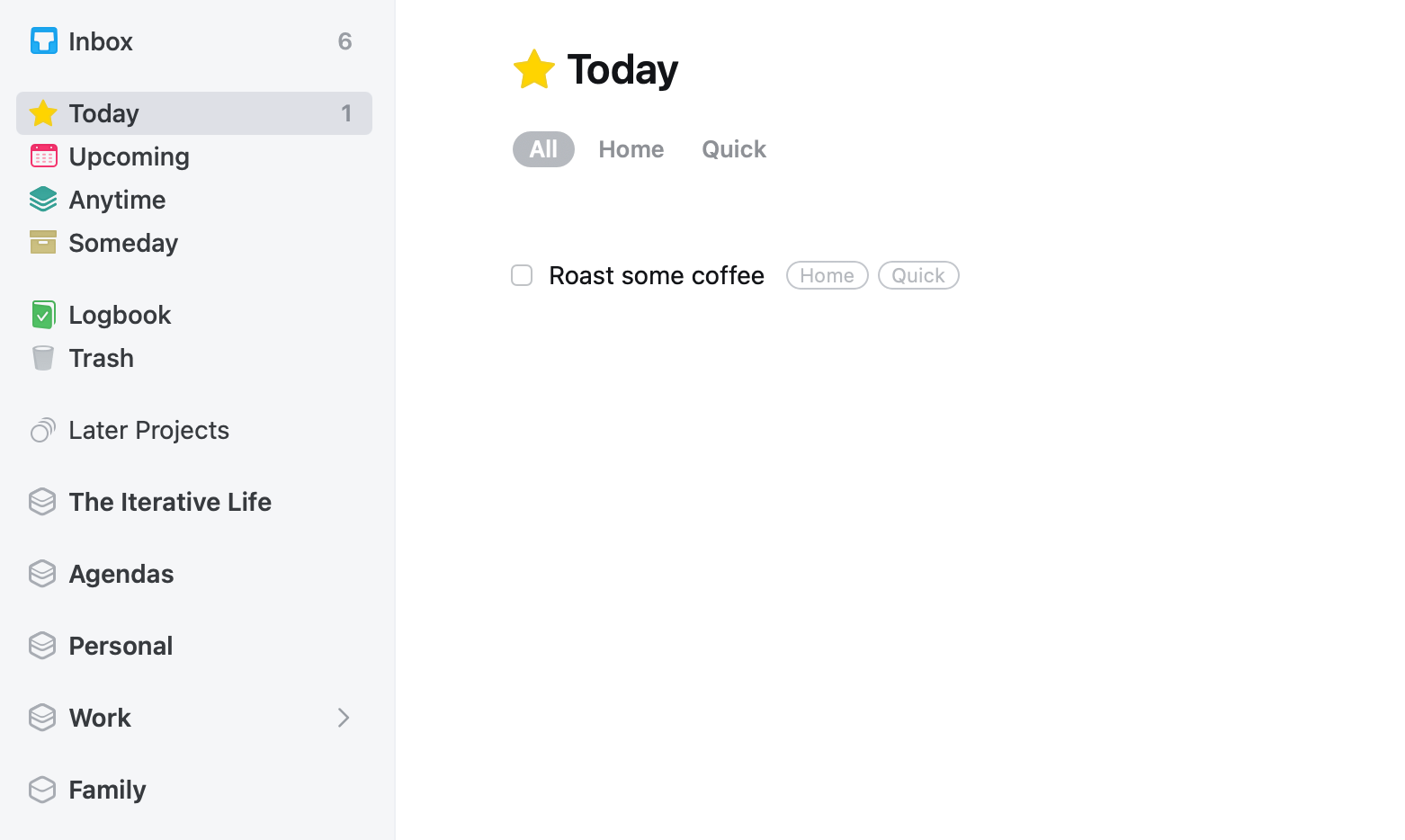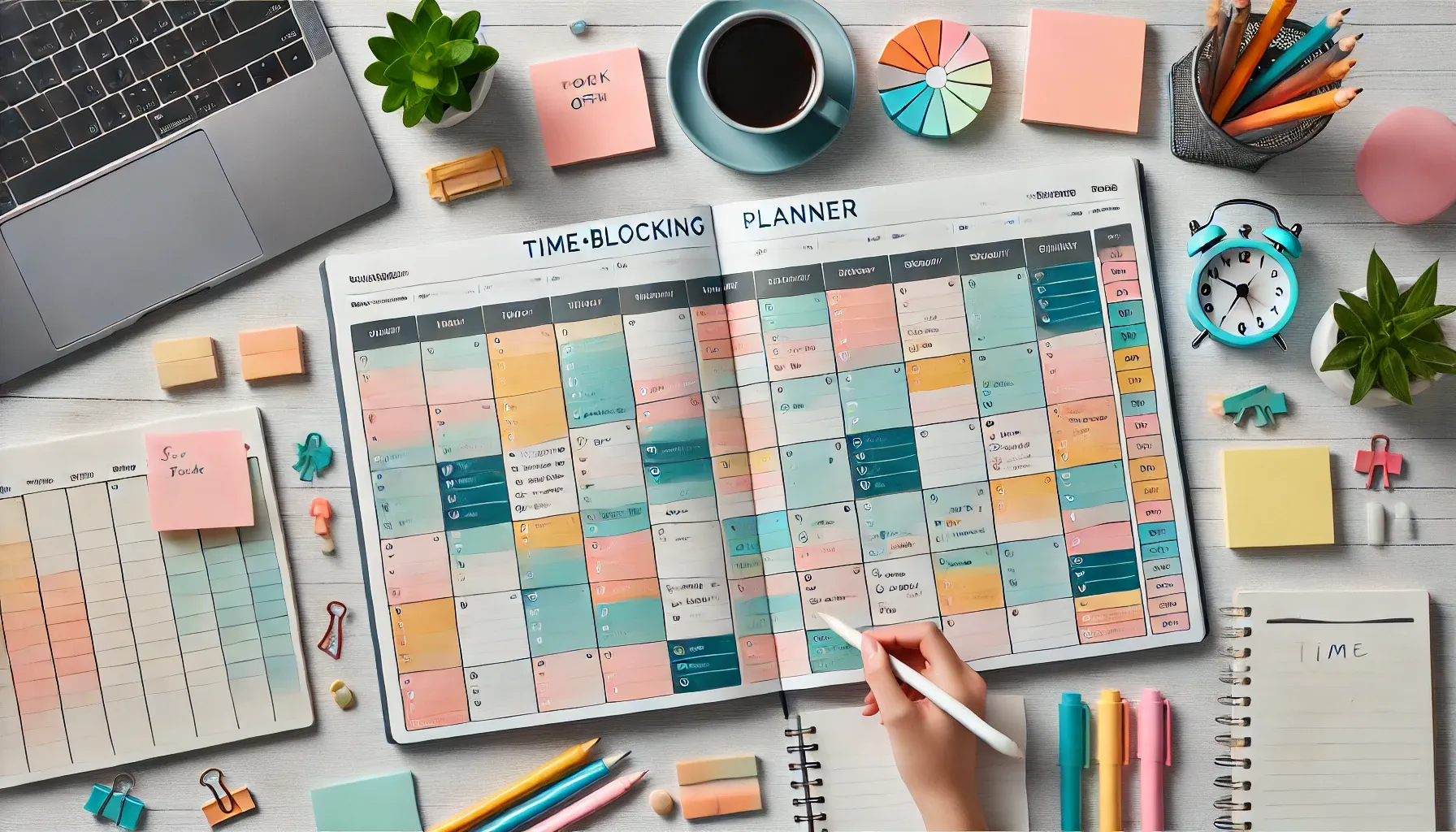What is GTD?
Without a system, I often find myself in a state of forgetfulness—ideas and tasks come to mind but disappear like leaves in the wind if I don’t store them immediately. That’s why I’ve adopted a framework for collecting information and making it actionable.
In my current approach, I draw heavily from David Allen's Getting Things Done (GTD) system. Over time, I’ve tailored it to my needs, but it remains grounded in these core GTD principles:

- Capture: Collect all thoughts, ideas, tasks, and projects in a centralized system.
- Clarify: Define the next actions for each task or project.
- Organize: Structure your tasks and projects systematically.
- Reflect: Regularly review and update the system to stay aligned.
- Engage: Take action on tasks efficiently based on current priorities.
Why I Adopted GTD
Without intention, I’m quick to forget things. GTD's principles give me a structured way to offload mental clutter and approach tasks productively. For me, the “Capture” step has been especially impactful—I can quickly log tasks from conversations, emails, or even quick ideas. With a reliable capture system, I’ve seen significant improvements in productivity and focus.
My GTD Apps
I use a few key apps to support my GTD process. Here’s a high-level look at each (I’ll cover more details in a tech stack post later):
- Things 3: My primary tool for organizing and managing tasks and projects. I find its interface intuitive and ideal for prioritization.
- Drafts: Perfect for quick capture on the go, especially on mobile.
- Obsidian: My choice for long-form notes, project details, and meeting notes, organized in markdown for easy search and reference.

The Process
1. Capture: Collecting Everything in One Place
- Drafts for Quick Captures: Mostly used on mobile for jotting down thoughts immediately.

- Things 3 on Desktop: Leveraging keyboard shortcuts makes task capture fast and efficient.
2. Clarify: Processing Your Captures
- Daily Processing Routine: Each morning, I process my inboxes in Things 3 and Obsidian, sorting tasks and notes with my morning coffee.
3. Organize: Structuring Tasks and Projects
- Setting Up Projects: If a task requires multiple steps, it becomes a project in Things 3. Projects keep me focused on outcomes rather than isolated tasks.
- Areas of Responsibility: I use Things 3’s "Areas" feature to categorize tasks into personal, work, family, etc.

- Tagging: Simple tags help me filter tasks as needed. I base my tags on the Fu Master Productivity Checklist, keeping them straightforward and usable.
4. Reflect: Regular Reviews to Stay on Track
- Weekly Review Process: Every Friday, I conduct a review. I make sure that all tasks from various sources are accounted for, and check if each task or project is still relevant. Only hard-deadline tasks are scheduled in advance; otherwise, I plan day-to-day.
5. Engage: Executing Tasks Effectively
- Daily Planning with Things 3: Each morning, I review my scheduled tasks and projects, then time-block them in my calendar. This daily planning has significantly reduced my tendency to procrastinate.

Iterating and Improving My GTD System
To gauge my system’s effectiveness, I ask myself two key questions: Am I getting things done? Is my task list supporting or hindering my productivity? If the system feels like it’s slipping—especially during high-stress periods—I adjust.

For instance, I recently simplified my tags in Things 3. Previously, a long list of GTD contexts was overwhelming and went unused, which limited my ability to filter tasks. By streamlining, I regained control and made tagging a functional part of my workflow again.
Tips and Best Practices for GTD Success
Consistency is Key
If there’s one thing I’ve learned from using GTD, it’s that consistency builds momentum. Regularly capturing, clarifying, and reviewing isn’t just about keeping things organized—it keeps your focus sharp and reduces mental clutter. When you make these habits part of your routine, the benefits stack up over time, making it easier to stay on top of things, even during busier seasons.
Iterate GTD to Fit Your Needs
GTD isn’t a one-size-fits-all system, and that’s the beauty of it. You don’t need to follow every rule to the letter. I’ve adjusted elements of GTD to suit my workflow and preferred tools, which has made it much more sustainable. If you find that something doesn’t feel natural or useful, try modifying it. Make GTD work for you rather than feeling bound by it.
Stay Flexible and Open to Change
Life changes, and so do priorities. It’s important to stay flexible and recognize when your GTD setup could use a tweak. Adjusting the system to fit evolving goals or demands can make a big difference in keeping it effective and relevant. This adaptability has been key to keeping my productivity system both fresh and functional over the long term.
Conclusion
Using GTD has completely changed the way I manage projects and goals. Instead of letting ideas slip through the cracks or getting bogged down by overwhelming to-do lists, I now have a reliable process that keeps me moving forward. My GTD setup helps me capture and process everything coming at me, allowing me to focus on what truly matters.
Whether you're just starting out with GTD or looking to refine your own approach, I can’t recommend it enough. The impact on my productivity and peace of mind has been huge. Start small, be consistent, and don’t be afraid to make it your own—you’ll see the benefits soon enough.
I’d love to hear from you! If you have questions or thoughts or want to share your own GTD experiences, feel free to drop a comment below.
Additional Resources
Recommended Reading
- Getting Things Done by David Allen: The foundational book that outlines GTD principles in detail.
- The Checklist Manifesto by Atul Gawande: A great read on the power of lists and organization.
- Fu Master Productivity Checklist for Things 3: A guide I’ve found helpful for setting up things 3 to function with GTD.
